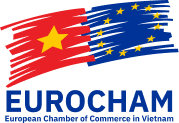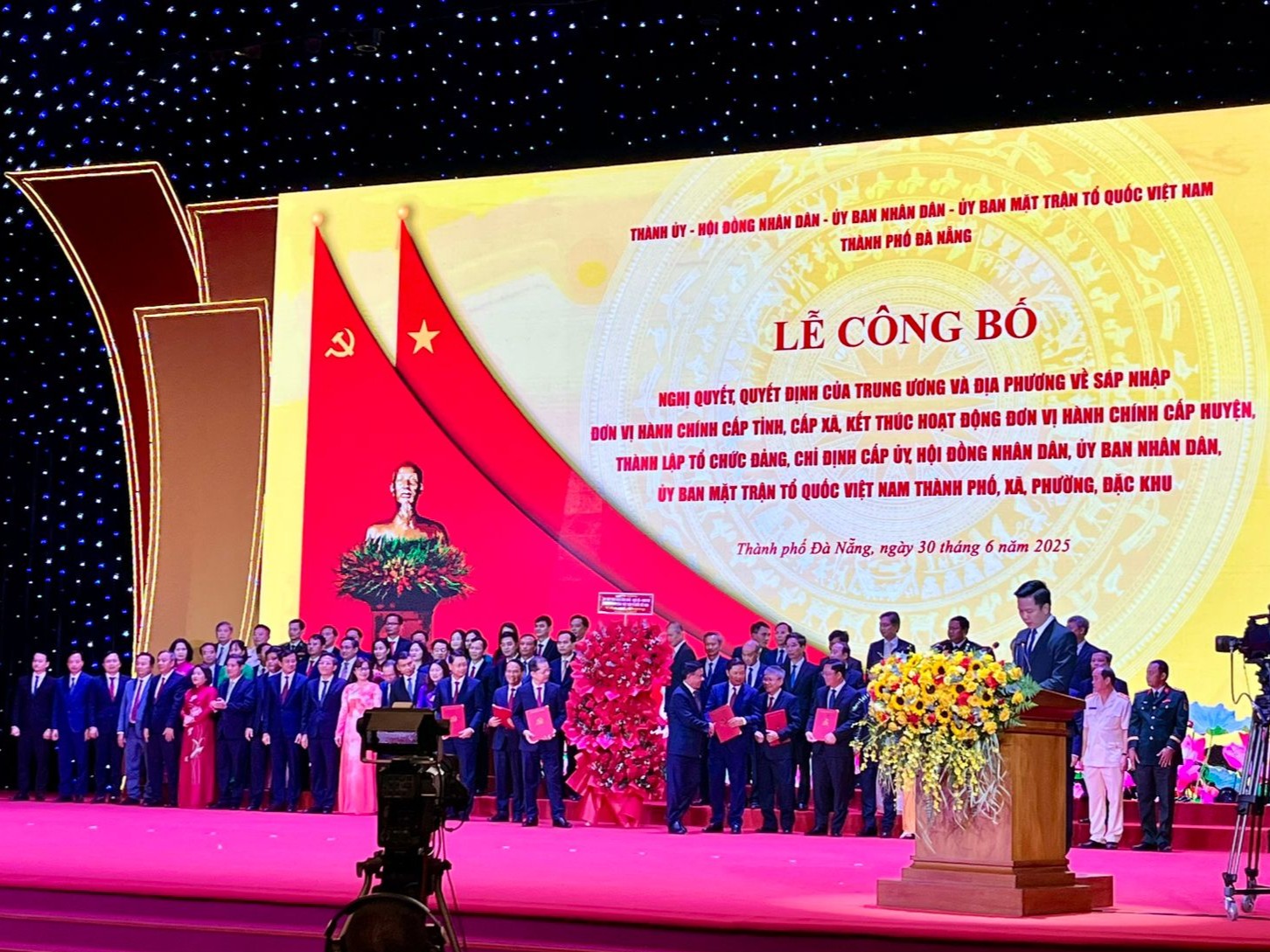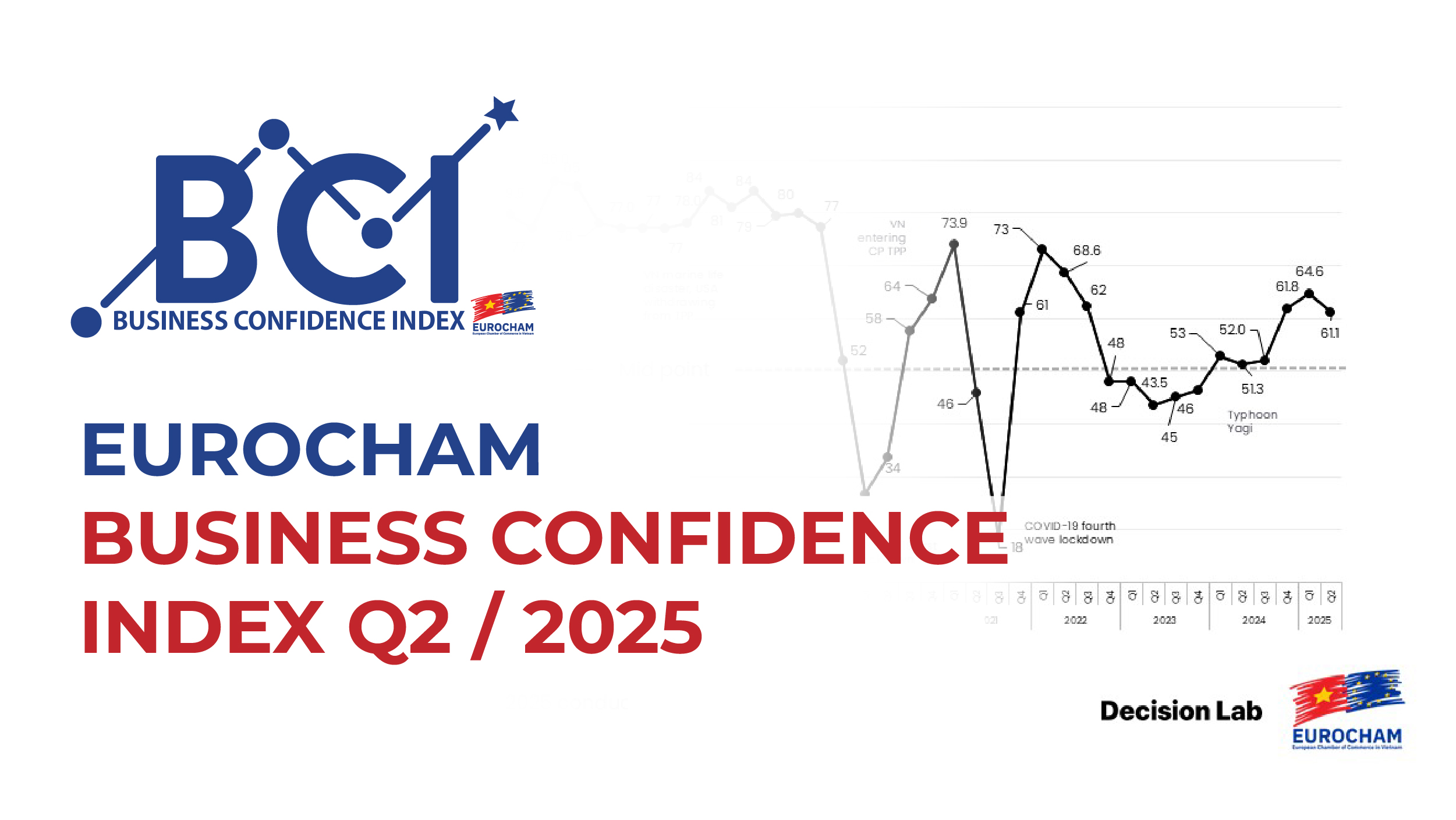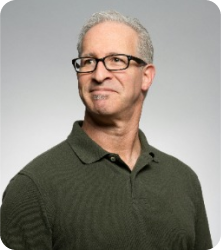BASF provides research groups free access to substances from its compound library comprising several million entries
Supercomputer Quriosity identifies and optimizes promising molecules for public research project
As part of its “Helping Hands” initiative, BASF is not just donating disinfectant and protective face masks. The company is also providing support worldwide to academic research groups in their search for a suitable active ingredient to treat patients infected with the coronavirus. “We do not develop active pharmaceutical ingredients, but BASF has more than 150 years of experience in researching substances. This means we have the knowledge and large substance libraries with a wide variety of active ingredients,” said Dr. Peter Eckes, President Bioscience Research at BASF. The company has also developed its own computer programs to design molecules and has its own supercomputer called Quriosity. “Leveraging these enormous research capabilities is another way we can contribute to combating the coronavirus pandemic,” said Eckes. The company is taking multiple approaches in these efforts.
At several European sites, BASF Personal Care produces sanitizer free of charge for medical institutions. Pictured: A BASF employee loads the product for transportation to a central collection point.
In order to quickly identify a suitable active ingredient against the SARS-CoV-2 coronavirus, academic institutions worldwide test in cell cultures the effectiveness of approved drugs that are already used in other viral diseases. These compounds, however, are possibly not sufficiently effective, so it is necessary to look for improved derivatives of the active ingredients. BASF researchers therefore conducted a computer-assisted search of the company’s substance library containing several million molecules in order to find similar compounds, which resulted in the identification of 150 promising candidates. BASF is making these molecules available to academic working groups free of charge and is also allowing the molecules to be used for research without making any patent claims. “For many years, we have been supporting academic research for drugs to treat infectious diseases, such as malaria, so we were able to quickly draw on our established contacts and processes for this project,” said Dr. Matthias Witschel, research fellow in BASF’s Bioscience Research.
BASF Colleagues of the Sokalan & Uvinul plant filling the shiping containers with hand sanitizer.
Supercomputer Quriosity models suitable molecules
A second approach has been initiated by chemists from the computational chemistry unit who thought about how they could use their knowledge to help in the search for active ingredients. They became aware of the startup PostEra’s COVID-19 Moonshot project, in which scientists worldwide volunteer to help find a substance that inhibits the so-called viral main protease, an essential enzyme of the virus. This inhibitor is intended to prevent the replication of the virus in the human body. BASF researchers have also joined this collaborative search effort and have designed numerous new molecules with the help of an internally developed computer program and the supercomputer Quriosity. Ultimately, they found 20 molecules that in the simulation optimally fit in the active site of the main protease. The researchers provided these molecule suggestions free of charge to the initiative for further studies.
“With these computer-simulated molecules, however, we do not always know if and how well they can be synthesized,” explained Prof. Klaus-Jürgen Schleifer, head of computational chemistry in the Digital Bioscience research division at BASF. BASF researchers are therefore also pursuing a third approach, which focuses precisely on this aspect. With the help of the supercomputer, they have tested all the compounds which in principle can be synthesized by one of the contract manufacturers taking part in the COVID-19 Moonshot project. “We are talking here about approximately 1.2 billion possible compounds whose potential to inhibit the SARS-CoV-2 main protease was calculated,” said Schleifer. The advantage: All of the promising molecules can be quickly synthesized and then also tested in experiments. BASF will also make these results publicly available through the COVID-19 Moonshot project.
“I am very pleased that we are able to support the active ingredient research with our special expertise in chemistry and provide academic research teams with both real as well as virtual molecules. Maybe they will assist in the development of a corona drug,” said Eckes.
Helping academic research groups to find an active ingredient is one of many initiatives of BASF’s “Helping Hands” campaign. Worldwide, BASF is committing more than €100 million in total to fighting the pandemic.





